Bellevue
Demographics
Bellevue is a city located in Washington. With a 2020 population of 151,464, it is the 5th largest city in Washington and the 173rd largest city in the United States. Bellevue is currently growing at a rate of 0.73% annually and its population has increased by 23.78% since the most recent census, which recorded a population of 122,363 in the previous census. Spanning over 38 miles, Bellevue has a population density of 4,527 people per square mile.
The average household income in Bellevue is $162,434 with a poverty rate of 6.65%. The median rental costs in recent years comes to $1,947 per month, and the median house value is $809,200. The median age in Bellevue is 37.7 years, 36 years for males, and 40 years for females.
Racial Composition
- White: 54.54%
- Asian: 35.78%
- Two or more races: 4.41%
- Black or African American: 2.50%
- Other race: 2.09%
- Native American: 0.35%
- Native Hawaiian or Pacific Islander: 0.33%
Government
Corporatocracy
A society or system that is governed or controlled by corporations. A system of government that serves the interest of, and may be run by corporations and involves ties between government and business.Representative Democracy
Also known as indirect democracy, is a type of democracy where elected persons represent a group of people.Industry & Trade
Genetics
Bellevue is the world's leading producer of genetic medicine. The majority of their economy is based upon their ability to produce genetic therapies for numerous diseases. They also provide a wide range of genetic modifications.Information Technology
A big part of why Bellevue’s technology sector continues to grow is because Bellevue has the talent to support expanding and new companies opening in the city. High quality talent is attracted to Bellevue and the greater Eastside because of the local amenities, safe communities, excellent schools, cultural diversity, natural environment and high quality of life. These attributes will continue to attract both talent and companies to Bellevue in the future.Business Services
Finance is the largest Business Services sub-cluster, followed by Management Services and Architecture and Engineering. While Bellevue’s Finance sub-cluster is strong relative to the region, the region (including Seattle) is not considered to be a large financial center relative to other metro areas, such as Chicago, San Francisco and others.Retail
Bellevue is one of the Puget Sound region’s premier high-end retail destinations, generating a substantial portion of retail sales from outside the community. Bellevue had the highest Taxable Retail Sales (TRS) per capita ($25,438 per person) of any major city in the region during the past year. Bellevue’s TRS per capita was nearly twice as high as Seattle’s last year. Growing Bellevue’s retail sector is a key element of Bellevue’s tourism strategy as many visitors are attracted to Bellevue’s major shopping destinations such as the Bellevue Collection, the Bravern, Crossroads Bellevue and the Mall at Factoria as well as Bellevue’s auto dealers, and home improvement retailers. The strength of Bellevue’s small neighborhood shopping centers is also vital, as they provide convenient access to essential goods and services for Bellevue residents. Neighborhood centers also serve as gathering places, which support community cohesion and help form neighborhood identity.Tourism
Currently the City of Bellevue’s Office of Economic Development is partnering with VisitBellevue and the Meydenbauer Center to develop a destination marketing strategy that will take a more focused approach toward further developing amenities that create unique memorable experiences and meet the needs of visitors coming to Bellevue.Assets
History
The Duwamish, whose main settlements were located in present-day Renton and Seattle, maintained a small outpost settlement called Satskal (SAH-tsah-kahl) along the Mercer Slough, south of present-day downtown Bellevue.[13] It was from this village that an attack on the settlers of Elliott Bay was staged. The Duwamish also had a village near Factoria called 'pah-pah-DEEL'.
Bellevue was first settled by European Americans in 1869 by William Meydenbauer and Aaron Mercer, who claimed homestead tracts several miles apart. Both moved away within a few years, and permanent residents did not arrive until 1879. By 1882, a community, consisting mostly of logging homesteaders, had established itself. Once the land had been logged, it was gradually cleared, largely by Japanese immigrant labor in the early 20th century, to support small-scale farming on leased land plots.
By the early part of the 20th century, Bellevue had acquired a reputation as a weekend getaway destination for Seattle residents, who would arrive by ferry at Meydenbauer Bay and spend the day at nearby Wildwood Park. After the ferry landing was moved to Medina, however, tourism to Bellevue waned. To counter this decline, the Bellevue Strawberry Festival was conceived of in 1925, and by the 1930s it had grown to attract as many as 15,000 visitors. At the time, Bellevue was still a small town with around 2,000 residents.
Prior to the opening of the Lake Washington Floating Bridge in 1940, Bellevue was mostly rural farmland area with little development. Although it was small, developers were pushing to change that; in the 1920s, James S. Ditty predicted that it would become a city with a population of 200,000. He envisioned plans that included the bridging of Lake Washington and an area filled with golf courses and airports. His map with these visions was published in 1928. Once the Murrow Memorial Bridge opened, access from Seattle improved, and the area began to evolve into a bedroom community.
In 1942, the Bellevue Strawberry Festival was cancelled. The primary reason was that some 90 percent of the agricultural workforce in the area was of Japanese ancestry, and all of these farmers and their families had been forcibly interned in camps following the start of World War II. The fair would not be revived for another 45 years. Following the expulsion of the ethnic Japanese farming community, a large quantity of farmland became available for development. This made way for the initial development of the Bellevue downtown area.
Bellevue incorporated as a third-class city on the March 31, 1953. Following the 1963 opening of a second bridge across the lake, the Evergreen Point Floating Bridge, the city began to grow more rapidly. The Crossroads community was annexed in 1964. Lake Hills was annexed in 1969. By the 1970 census, Bellevue had become the fourth most populous city in the state of Washington, behind only Seattle, Spokane, and Tacoma.
Bellevue remains one of the largest cities in the state, with several high-rise structures in its core and a burgeoning business community. The city experienced a building boom during the mid-2000s, with the building of developments such as Lincoln Square and the Bravern.
Bellevue Square is located in downtown Bellevue and is now one of the largest shopping centers in the region. Opened in 1946, the mall has undergone several significant phases of expansion since the 1980s.
The city's plans include the Bel-Red Corridor Project, a large-scale planning effort to encourage the redevelopment of the large Bel-Red section of the city bordering the adjacent town of Redmond which is a major employment area in the city. Patterned after the redevelopment of the downtown core, plans include superblock mixed-use projects similar to Lincoln Square, premised on private construction and the development of infrastructure such as the extension of Link light rail to the Eastside.
Points of interest
Bellevue Arts Museum
Referred to simply as BAM, the Bellevue Arts Museum hosts an impressive display of artworks from regional and international artists. It's located among the bustling streets of the Bellevue downtown district, only a few blocks away from Downtown Park. The museum has several large permanent installations hanging from the ceiling and draped across the walls. But primarily, BAM features rotating exhibits that display masterful art pieces. The museum also gives visitors a glimpse at the artistic process with behind-the-scenes looks at how the art was created. Self-guided tours are available Wednesday through Sunday when the BAM is open, and trained curators also offer private tours. The museum also hosts several educational workshops for kids, teens, and adults, and special lectures and presentations. On the first Friday of each month, admission is free.Bellevue Botanical Garden
Though Bellevue isn't lacking in natural attractions, perhaps the most concentrated view of Pacific Northwest flora can be found in the 53 acres encompassing the Bellevue Botanical Garden. This urban display of botanical beauty is on Main Street and is open daily from dusk to dawn. Admission is always free. Special places to visit at Bellevue Botanical Garden include the decorative Rock Garden and seasonal Dahlia Display. But the entire property is a masterpiece of landscaping and horticulture. Garden layouts ensure that something new is blooming every month of the year, offering several reasons to visit. Locals and tourists also have the opportunity to tour native plant species and learn a bit more about their environment.KidsQuest Children's Museum
The KidsQuest Children's Museum is every child's dream come true. This family-friendly play space features a two-story Atrium Climber for kids to climb in, on, and around, plus eight other interactive exhibits designed to encourage development in children. Focusing on the key areas of science, technology, engineering, art, and math, the KidsQuest Children's Museum isn't about sitting down at a desk and writing on the blackboard. Instead, this educational institution focuses on hands-on interaction with the different moving parts of life. KidsQuest is specifically designed for children ages 0-10 and features more than 650 programs offered throughout the year. Available programming includes summer camps and whole-family science workshops. Shop and Dine at The Bellevue CollectionShop and Dine at The Bellevue Collection
The Bellevue Collection is three distinct shopping areas in the Bellevue downtown district. These shopping areas provide a dense concentration of shopping, dining, and overnight accommodations. Alongside unique and name-brand shopping opportunities, the Bellevue Collection also offers seasonal events that draw a crowd. The Bellevue Collection includes the Bellevue Square shopping mall with more than 200 retail locations. Lincoln Square is another distinct area filled with several cultural dining destinations. The third shopping area, Bellevue Place has some of the best places to stay the night, including the four-star Hyatt Regency Bellevue. The Bellevue Collection hosts everything you need in a few blocks to keep yourself busy for many long weekends.
Founding Date
Monday, January 31, 2050
Founders
Population
151,464
Owner/Ruler
Ruling/Owning Rank
Owning Organization

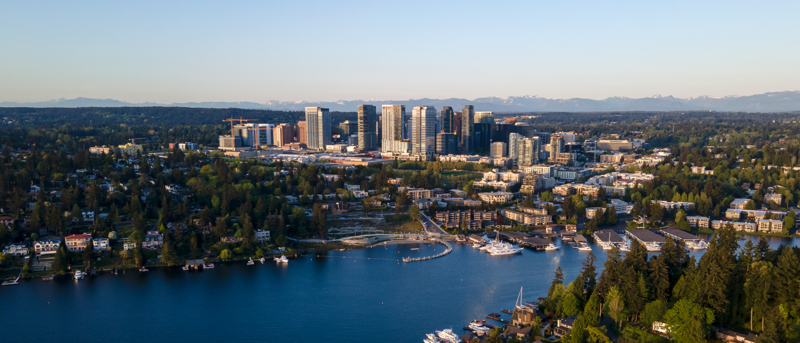
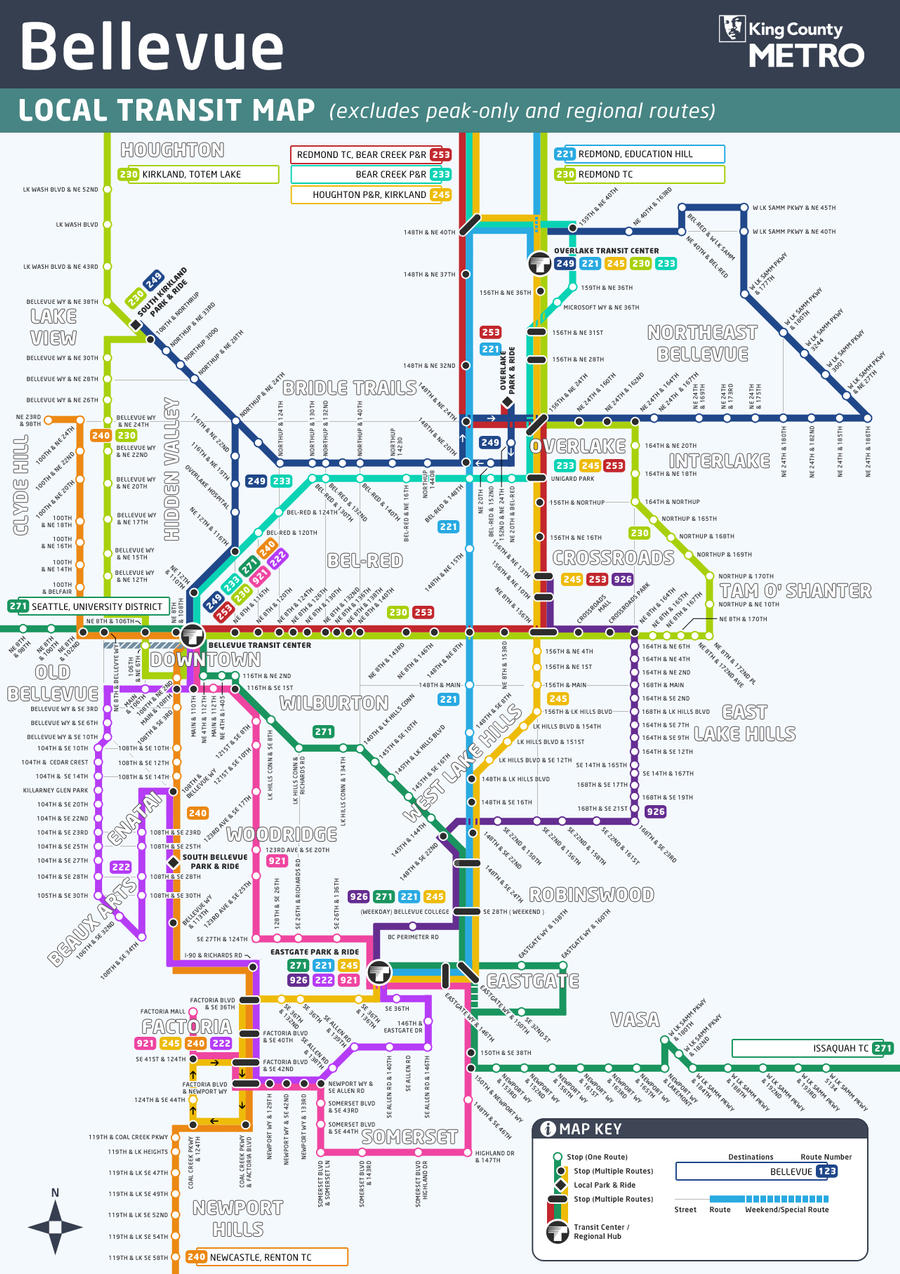
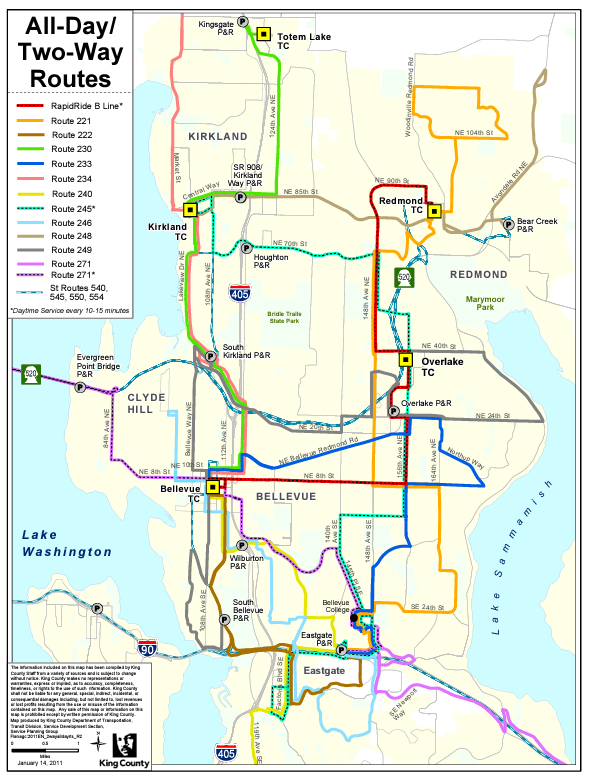

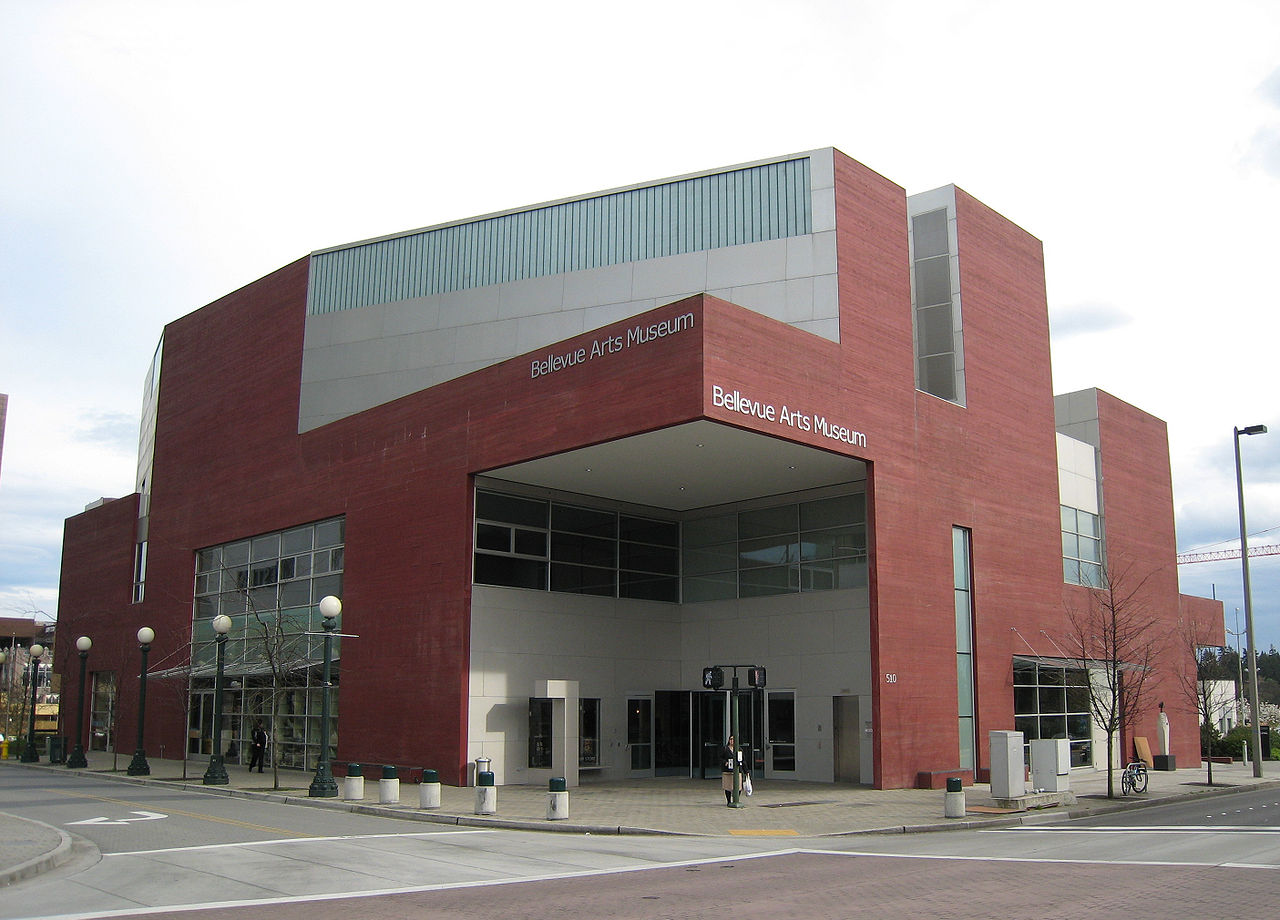
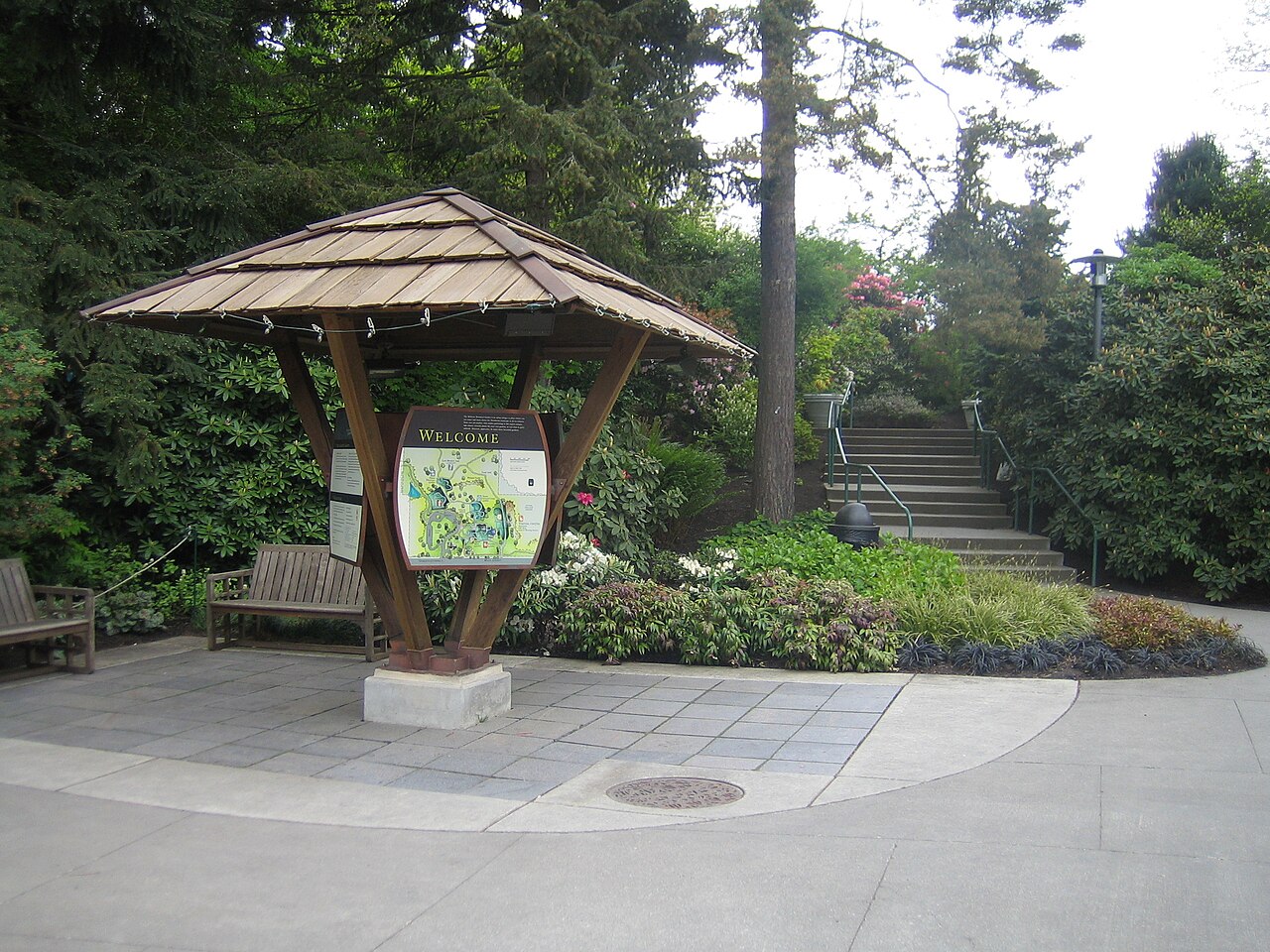
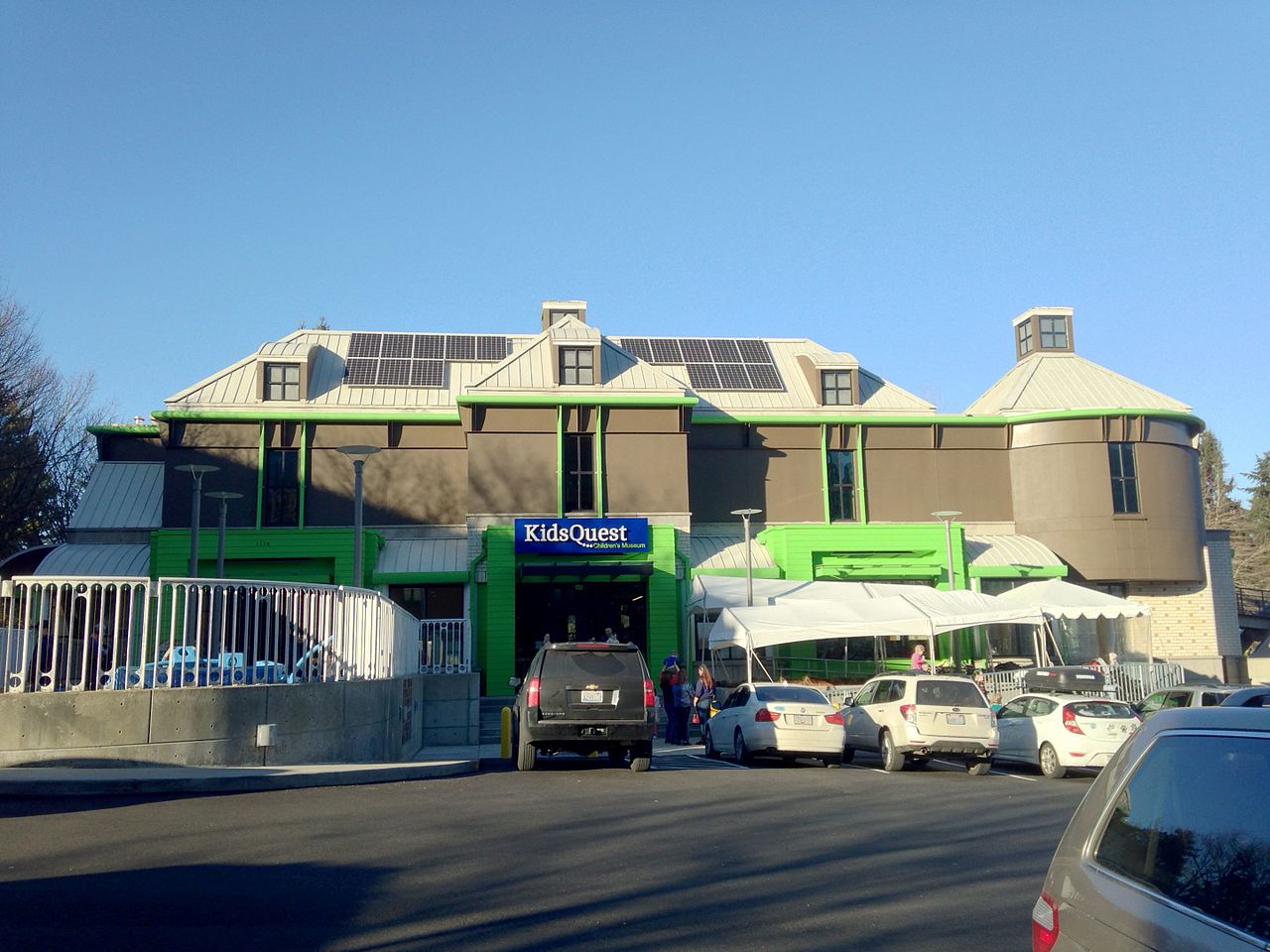


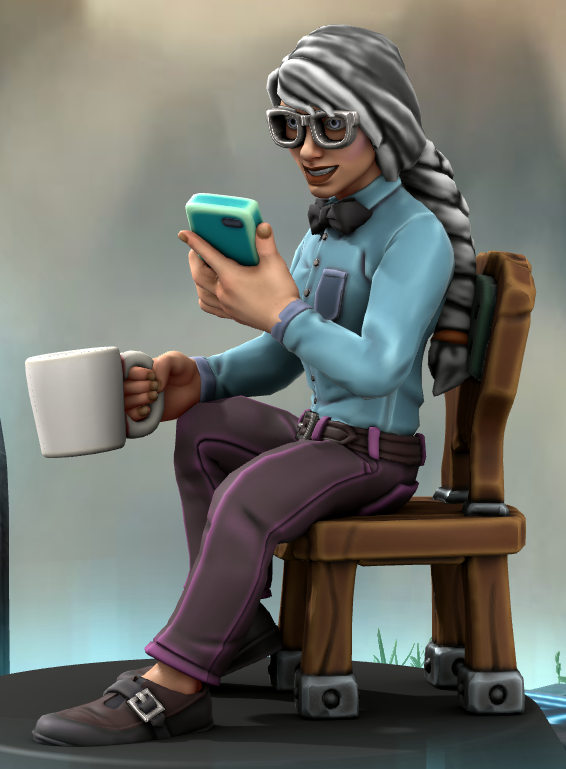


Comments
Author's Notes
Header image from Wikipedia. Hilberger's logo on the upper right generated using Logo.com. Character in the right hand side bar generated using Hero Forge. Bellevue local transit map available as a free download from Murakumon. The second Bellevue transit map is a map available to the public here. The Bellevue neighborhood maps is another map available to the public here. The following pictures are from Wikipedia: The Bellevue Arts Museum, Bellevue Botanical Garden, KidsQuest Children's Museum, and The Bellevue Collection.